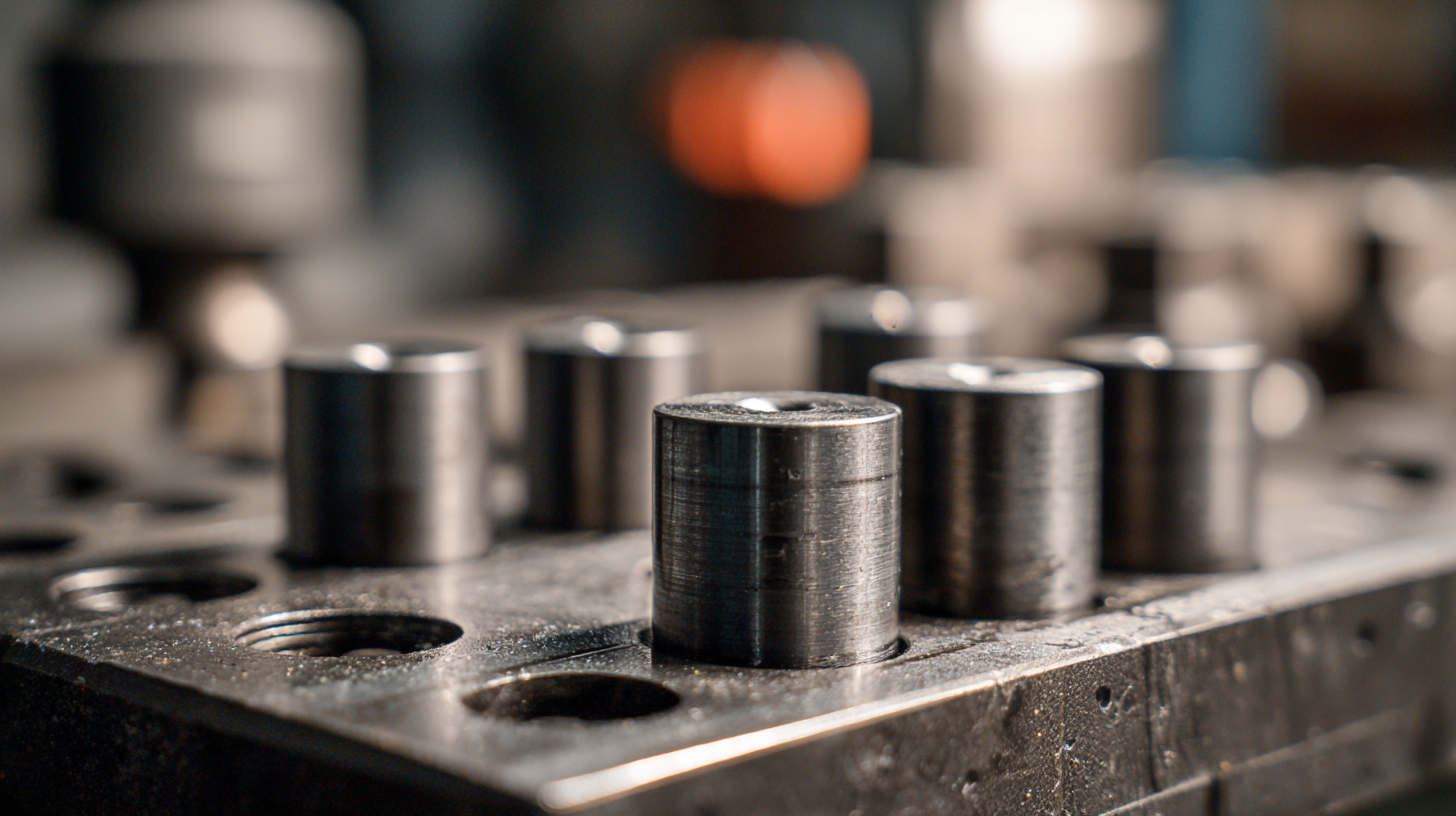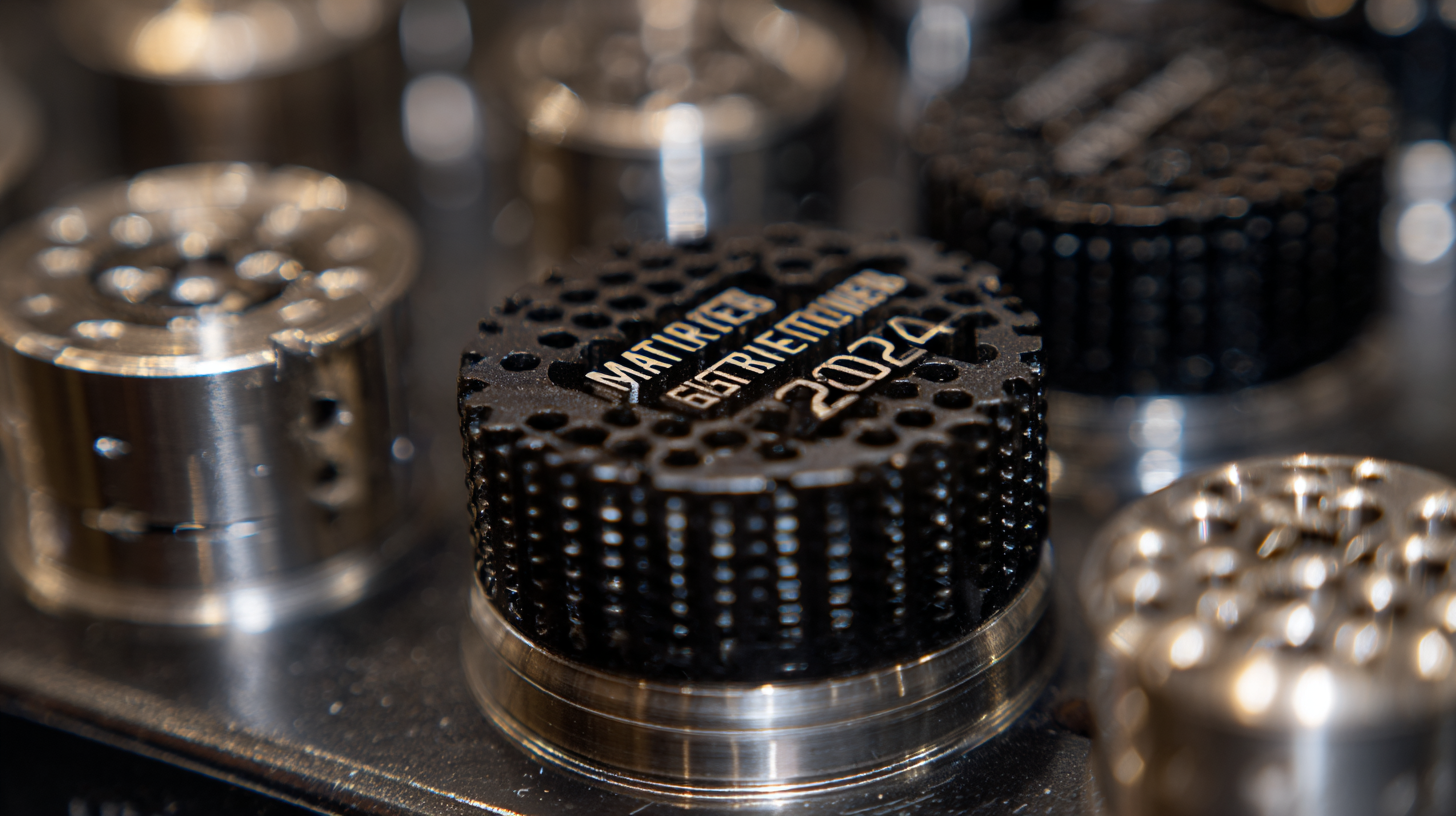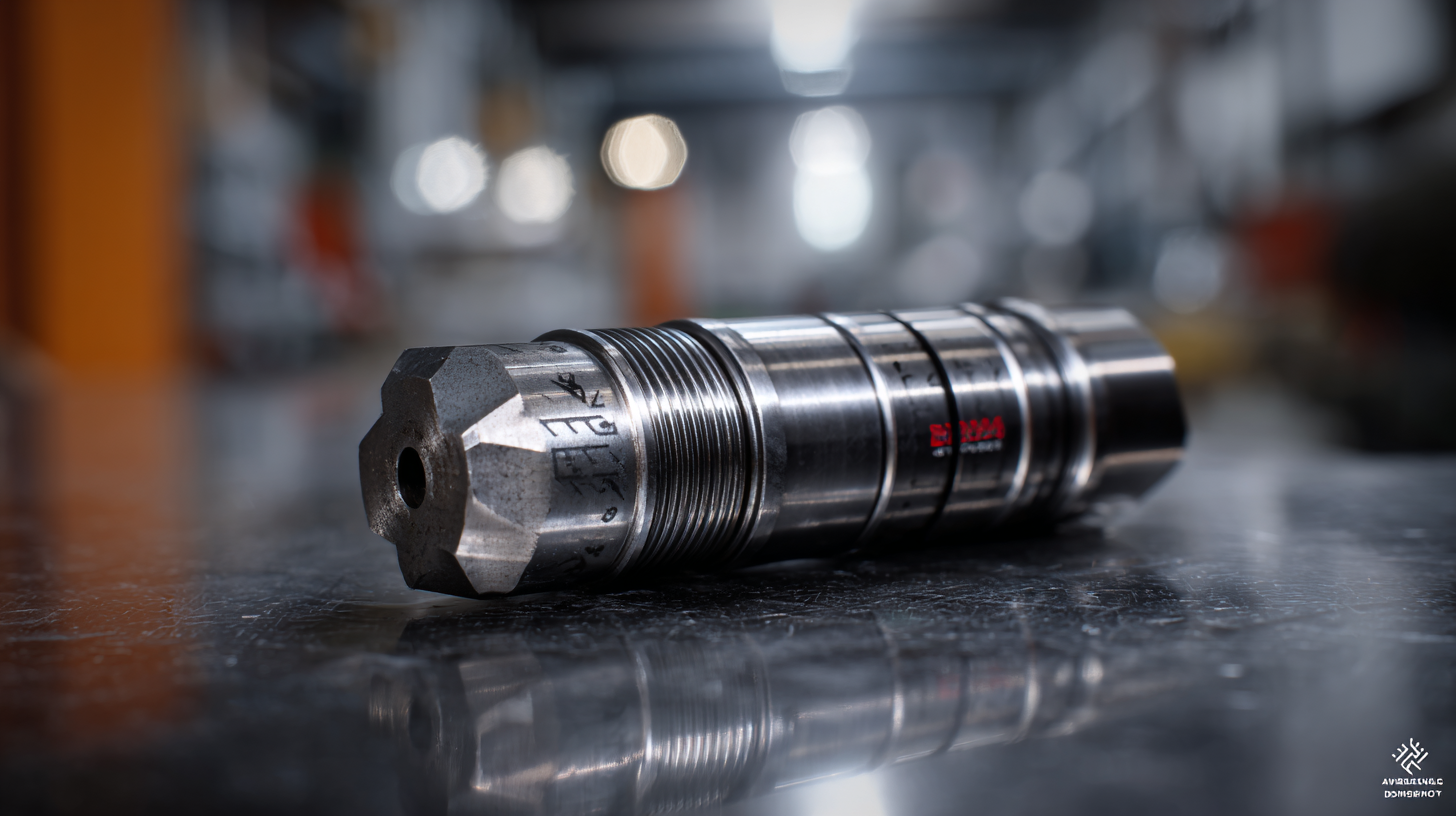
Future Innovations: A Comprehensive Guide to the Best Thread Rolling Dies by 2025
As we look towards 2025, the manufacturing landscape is undergoing significant transformations, particularly in the domain of fasteners and precision components. Central to this evolution are Thread Rolling Dies, which have been identified as vital tools that enhance productivity and result in superior quality outputs. According to a report by MarketsandMarkets, the global die manufacturing market is projected to grow from $10.2 billion in 2020 to $15.5 billion by 2025, indicating a compound annual growth rate (CAGR) of 8.6%. This growth is driven by advancements in technology and increased demand for efficient machining solutions across various industries, such as automotive, aerospace, and construction. Leveraging the benefits of Thread Rolling Dies not only reduces production costs but also significantly improves the durability and performance of threaded fasteners. As we explore the best innovations in this sector, understanding the advantages and applications of these essential tools will become increasingly important for manufacturers aiming to stay competitive in the market.

Applications of Thread Rolling Dies in Various Industries
Thread rolling dies play a critical role across various industries, including automotive, aerospace, and manufacturing. According to a report by Research and Markets, the global thread rolling machine market is projected to grow at a compound annual growth rate (CAGR) of 5.1% from 2021 to 2026. This growth is largely driven by the increasing demand for precision-engineered fasteners. In the automotive sector, for example, thread rolling dies are essential for producing durable components that can withstand high-stress environments, helping to enhance overall vehicle safety and performance.
In the aerospace industry, the use of thread rolling dies also facilitates the production of lightweight, strong components crucial for fuel efficiency and performance. The Aerospace Industries Association noted that advanced manufacturing techniques, including thread rolling, are vital for meeting the rising demands for more efficient and sustainable aircraft. This innovative approach not only streamlines production processes but also significantly reduces material waste.
Tip: When selecting the right thread rolling die, consider the material and size of the components you are working with. Additionally, ensure the die’s profile matches the intended application for optimal performance. Another important aspect is regular maintenance of the dies to prolong their lifespan and maintain quality in production.
Key Innovations in Thread Rolling Die Technology by 2025
As we look toward 2025, the thread rolling die technology is poised for transformative innovation. Enhanced precision and productivity will become key focal points, driven by advancements in automation and AI. According to a recent industry report, the global market for precision tools, including thread rolling dies, is projected to grow at a CAGR of 5.2% through 2025, reflecting the increasing demand for high-quality, reliable manufacturing solutions across various sectors.
Leading companies are prioritizing digital transformation to enhance productivity and reduce operational costs. For instance, the implementation of cloud-based manufacturing solutions has demonstrated significant cost avoidance and operational efficiencies. This trend underscores the critical need for thread rolling dies that integrate seamlessly with smart manufacturing processes, enabling real-time monitoring and adjustments. As manufacturers adopt advanced connectivity, the ability to integrate thread rolling technologies with broader digital ecosystems will be paramount in driving innovation and maintaining global competitiveness.
Furthermore, the trend of rapid innovation in advanced industries, particularly from leading nations, suggests that the thread rolling die market will benefit from ongoing advancements in materials science and engineering. With the continuous evolution of manufacturing techniques and sustainability goals, the role of innovative thread rolling dies in optimizing production efficiency and supporting sustainable practices cannot be overstated. By 2025, these innovations will redefine the standards of excellence in the manufacturing landscape.
Future Innovations in Thread Rolling Die Technology by 2025
How to Choose the Right Thread Rolling Die for Your Production Needs
 Choosing the right thread rolling die is crucial for optimizing production efficiency and ensuring high-quality thread forms. First, consider the material of the dies. Different materials offer varied levels of hardness and durability, affecting their lifespan and performance. For instance, carbide dies are known for their extreme toughness and wear resistance, making them ideal for high-volume production. On the other hand, steel dies might be suitable for lower production rates and less abrasive materials.
Choosing the right thread rolling die is crucial for optimizing production efficiency and ensuring high-quality thread forms. First, consider the material of the dies. Different materials offer varied levels of hardness and durability, affecting their lifespan and performance. For instance, carbide dies are known for their extreme toughness and wear resistance, making them ideal for high-volume production. On the other hand, steel dies might be suitable for lower production rates and less abrasive materials.
Next, evaluate the thread specifications required for your products. The diameter, pitch, and thread form should align with the capabilities of the dies you are considering. It's also important to assess the compatibility of the dies with your existing rolling equipment. Checking for features like the die's relief angles and the maximum diameter and depth of the threads can help in selecting the perfect die for your application. In addition, seeking advice from suppliers and manufacturers can provide insights into the latest innovations in thread rolling technology, ensuring you make an informed decision that meets both your production needs and quality standards.
Case Studies: Success Stories of Thread Rolling in Manufacturing
In the realm of manufacturing, thread rolling has emerged as a revolutionary technique, enabling businesses to enhance efficiency, reduce waste, and improve product quality. One striking example comes from a leading automotive component manufacturer that sought to enhance their production line for critical fasteners. By implementing advanced thread rolling dies, they were able to reduce machining times significantly and doubled their output without sacrificing quality. The result was a profound decrease in costs, paired with an impressive 30% increase in overall productivity.
Another compelling case study involves a small industrial fittings company that transformed its operations through innovative thread rolling technologies. Faced with high demand and competition, they adopted custom thread rolling dies tailored to their specific needs. This shift allowed them to streamline their manufacturing process, decreasing lead times and improving the strength and durability of their products. As a result, they not only captured a larger market share but also enjoyed enhanced customer satisfaction, showcasing how the right tools and techniques can propel a company to new heights in today’s competitive landscape.

Future Trends: What to Expect in the Thread Rolling Market by 2025
The thread rolling market is poised for significant transformations by 2025, driven by advancements in technology and increasing demand across various industries. According to a recent report by Research and Markets, the global thread rolling machine market is expected to reach $1.4 billion by 2025, growing at a CAGR of 7.2%. This growth is attributed to the rising demand for high-precision components in sectors like automotive and aerospace, where the integrity of threaded fasteners is critical.
Innovations in materials and manufacturing processes will also be pivotal. The introduction of computer numerical control (CNC) systems is anticipated to revolutionize thread rolling applications, boosting productivity and accuracy. A survey conducted by SME highlights that nearly 40% of manufacturers plan to invest in automated thread rolling technologies in the coming years. Additionally, a shift towards eco-friendly practices is expected, with companies increasingly focusing on sustainable materials and energy-efficient operations. This aligns with the broader industry trend of emphasizing sustainability while meeting stringent quality standards.
Future Innovations: A Comprehensive Guide to the Best Thread Rolling Dies by 2025
| Thread Rolling Die Type | Material Innovation | Expected Lifespan (Hours) | Market Growth Rate (2025) | Key Application Areas |
|---|---|---|---|---|
| High-Precision Dies | Carbide Coating | 8000 | 6% | Automotive, Aerospace |
| Ultra-Fine Dies | Nano-Coating Technology | 5000 | 8% | Electronics, Medical Devices |
| Heavy-Duty Dies | High-Grade Steel | 10000 | 5% | Construction, Oil & Gas |
| Multi-Function Dies | Wear-Resistant Alloys | 7000 | 7% | General Manufacturing |
